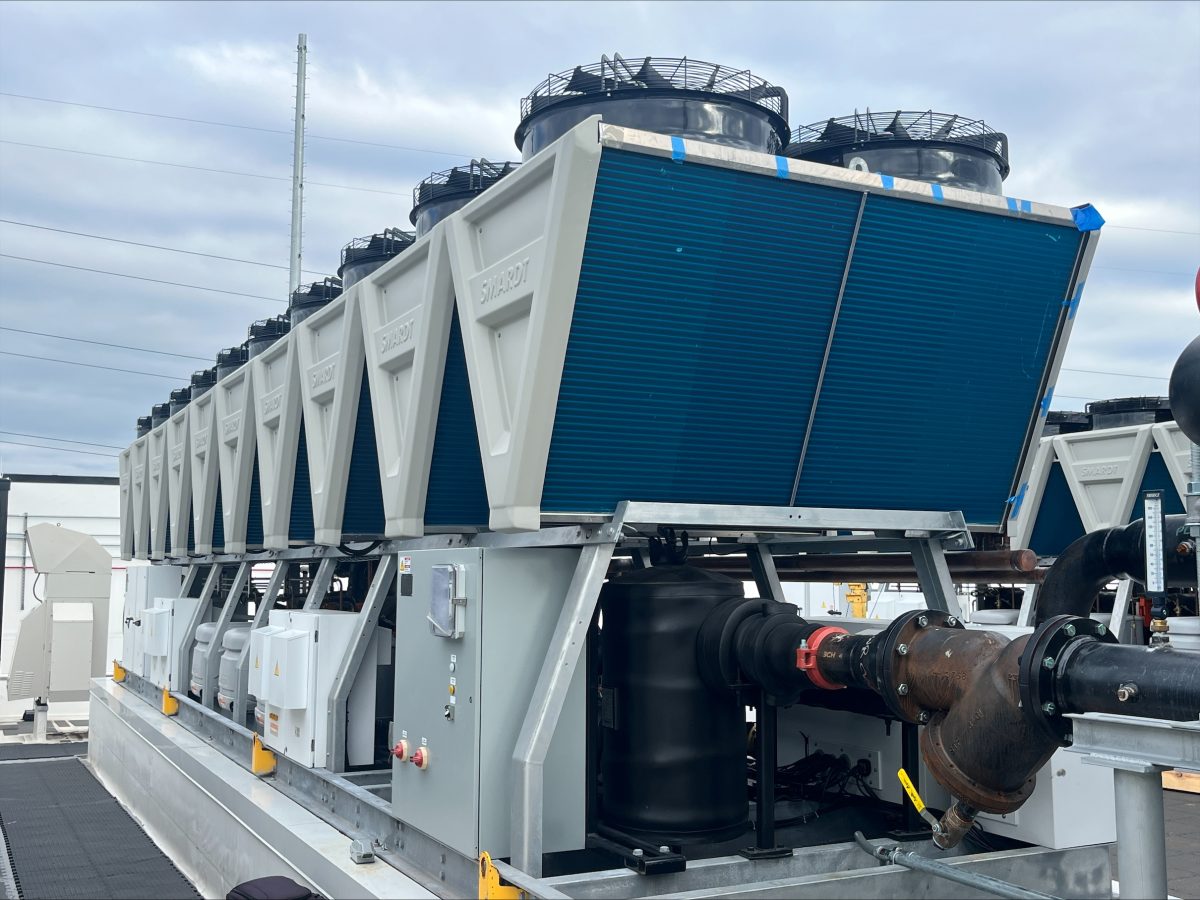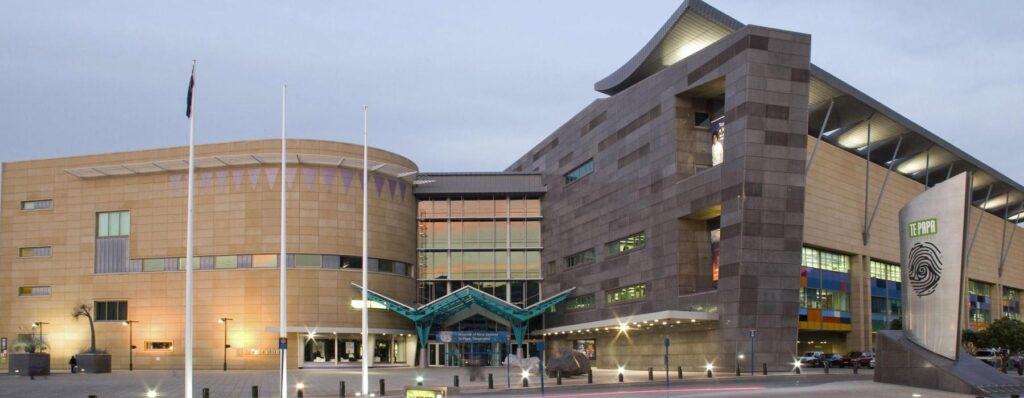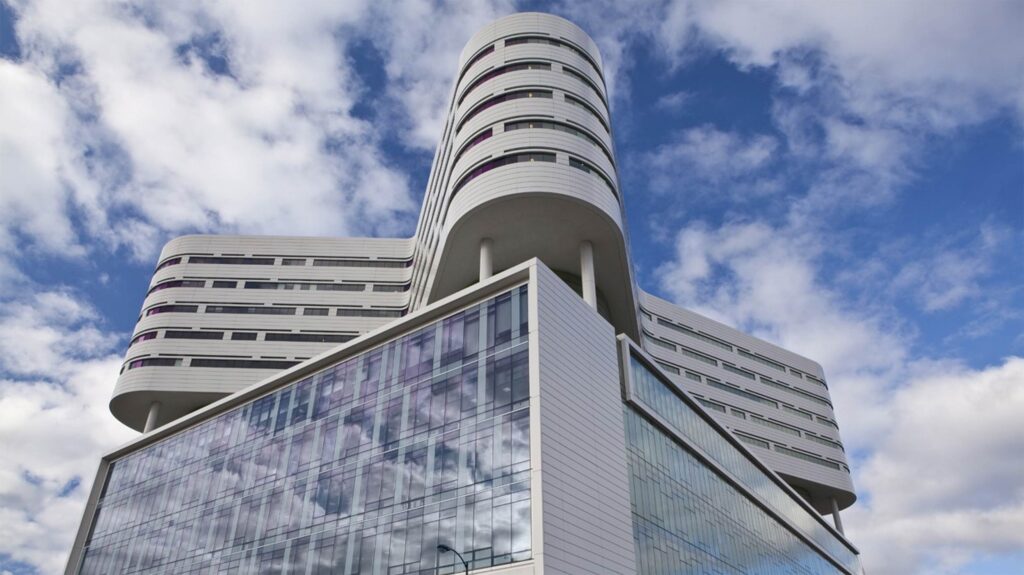University Medical Park is comprised of five medical office buildings.
Affiliated with the Carolinas Medical Center, it is located adjacent to The University Hospital at the intersection of North Tryon Street and WT Harris Boulevard, in Charlotte, North Carolina.
The challenge
The subject under study is the chilled water plant located in Building 5000 of the Medical Park. Maintaining a suitable environment within the office building was becoming more difficult because of the unreliable nature of the chilled water plant that was comprised of a single, 1991 vintage 250 ton chiller that utilized a rotary screw compressor. On two occasions, the slide valve mechanism in the compressor failed and there were indications that the slide valve would fail again.
Client | Carolinas Medical Center |
Location | Charlotte, North Carolina |
Industry | Education / Medical |
Application | University |
Product | Water-cooled 250 ton |
Chilled water plant fail creates an untenable situation for the occupants of the building. Mechanical air conditioning is required in the building approximately ten months a year, due to local weather conditions. Failure of the chilled water system requires the installation of a rental chiller, and although the rental source is local, the delivery and set-up time causes inconvenience and discomfort to the occupants.
The cost of the rental machine and its installation was $14,620. The cost to repair the screw compressor was in excess of $50,000. During the system repairs, the Lincoln Harris management team began looking for alternatives that would provide their customer with a more reliable system.
One possible solution was to replace the single 250 ton screw compressor with three high efficiency centrifugal Turbocor compressors. The Turbocor compressor is one of the most energy efficient compressors on the market today, and its technology represents the most advanced compressor design in the air conditioning industry, by incorporating oil-free magnetic bearings, two staging centrifugal compressors, and a variable frequency drive.
Turbocor presented several distinct advantages. Replacing one large compressor (250 tons) with three smaller compressors (80 tons each) would result in a major reduction in the electrical demand.
Additionally, because the retrofit would reuse the existing heat exchangers, the demolition, installation, and piping costs would be eliminated. Another advantage to using the Turbocor compressor was that having three compressors instead of one, would provide redundancy that had never been available before.
Conclusion
The only drawback to installing the compressors was the amount of time required to accomplish the retrofit. After discussing this problem with fellow engineers, Mike Stiene, the Charlotte Division Director of Engineering decided to visit the SMARDT factory in Canada, since the SMARDT chillers are built only using Turbocor compressors.
After an extensive review, the SMARDT chiller was seen to be the best option, since it allowed the change over to be made on a weekend with no interruption in service. The factory would assemble and test the chiller package and guarantee improved operation and a major reduction in electrical costs.



